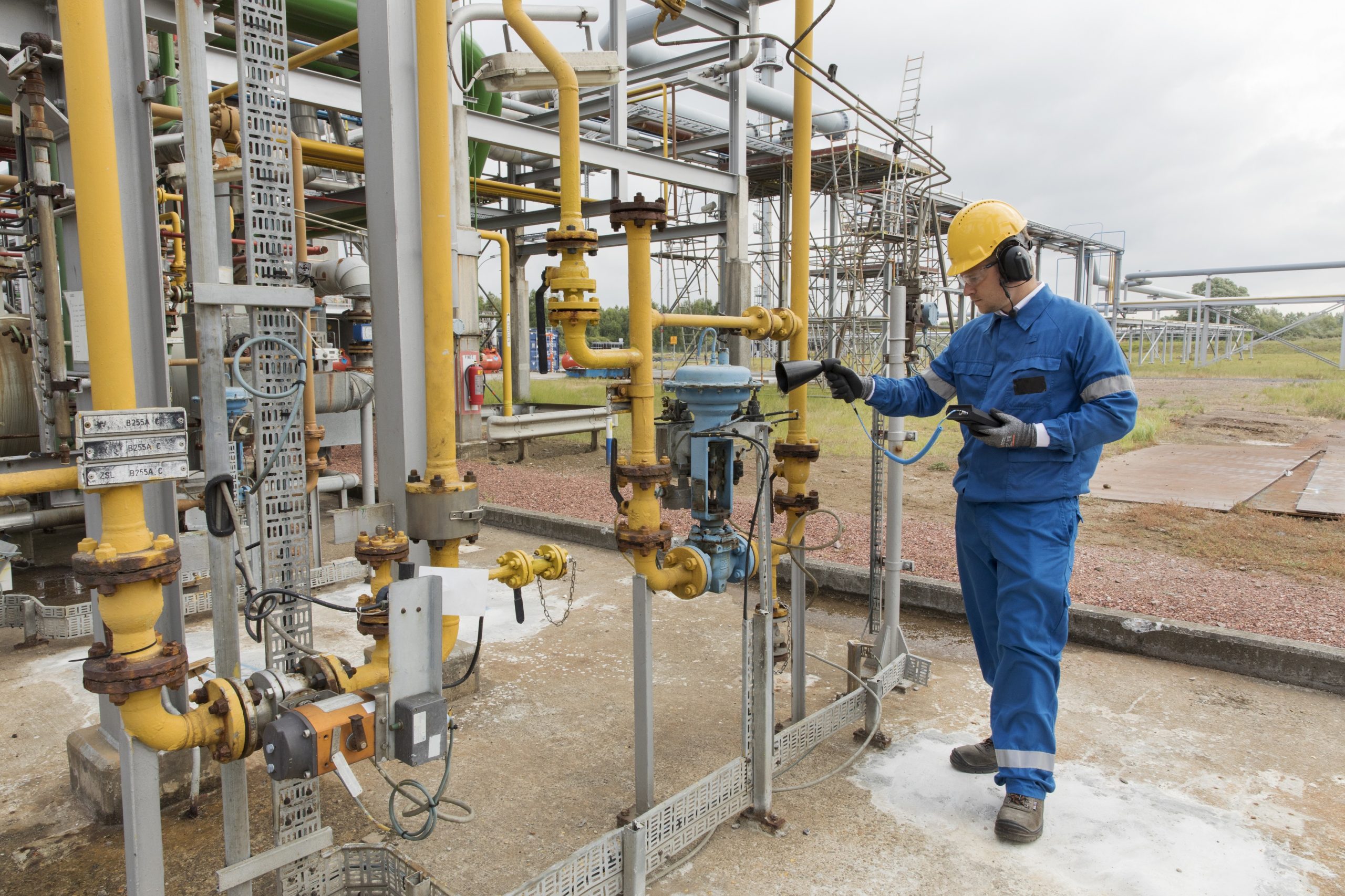Deriving the most value from your assets while maintaining them in optimum condition is every asset owner’s challenge. Over maintaining is costly, undermaintaining could be disastrous. Finding a balance between the two is no easy feat, but integrating condition-based monitoring into your maintenance program as a continuous service is one of the best places to start.
Condition monitoring is a solution that places the power back in the hands of the asset owners, providing them with critical information on the condition of their assets. Having this information at hand enables the asset owner to make an informed decision on when and what maintenance should be performed or if component and asset have reached their end of life. It is undeniable that condition monitoring services are invaluable to the asset owner.
Many of these services can be provided remotely and with technology advancing at eye-watering speed, more integrated remote solutions are becoming available. There are still monitoring activities that can only be performed on-site, such as an air leak survey to establish the source of monies lost into the air. These are mostly performed annually, ad hoc or at best every few months, for which the frequency might be sufficient. The question remains, for both remote and on-site condition monitoring services, what actions are taken to draw value from condition monitoring services?
A solution is to integrate your condition monitoring services with your maintenance program in one holistic function.
Consider the ultrasonic compressed-air leak survey as an example. The service would entail a technician performing a survey in a plant on a weekly or monthly basis, every time starting where he last stopped. In such a way circulating the plant continuously. After each survey, a detailed report is generated, identifying each leak and quantifying the loss in monetary value. The technician uses the report to ensure that every leak is accounted for on works orders created in the CMMS. Upon return to the plant, the technician will review the work orders to verify that the leaks have been repaired. Thereafter the report is updated indicating the repaired leaks and in effect, the estimated saving achieved in doing so, or reopening the works order to repair the leak again. A continuous loop activity constantly monitoring assets and acting upon problems found.
Pragma performs and integrates condition monitoring services with the client’s asset care services ensuring that accountable actions are taken to ensure the asset owner draws value from the condition monitoring services. This way, we’re maximising asset performance, improving availability and reducing the associated losses and risks.

